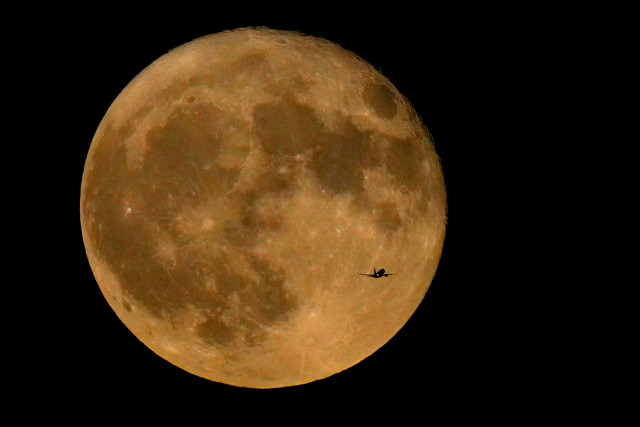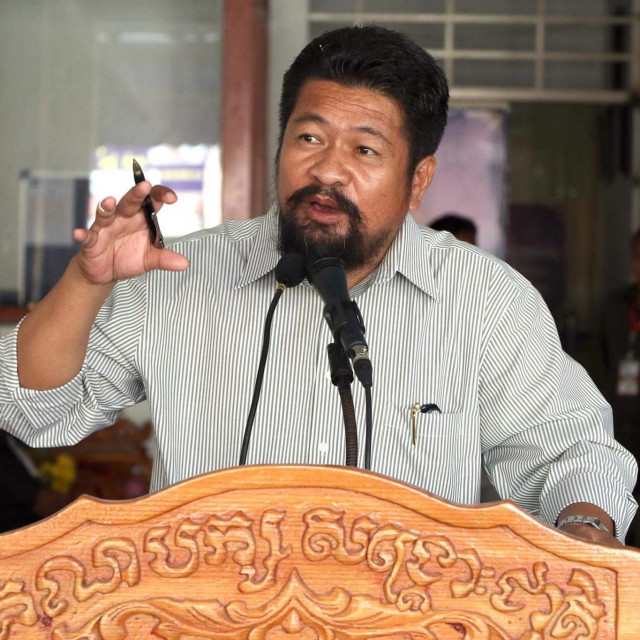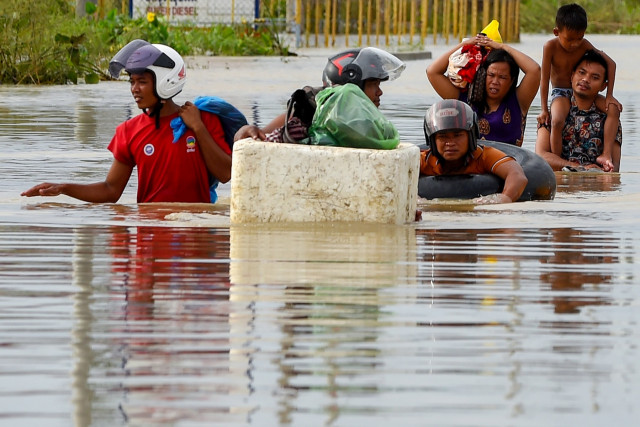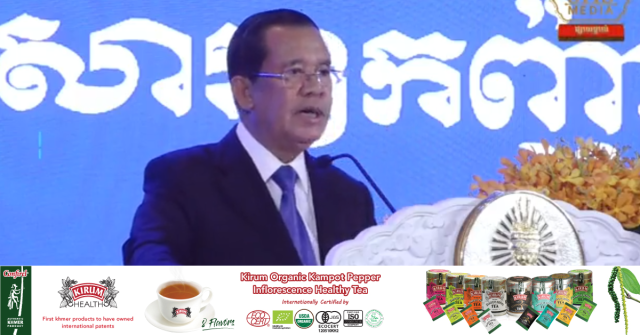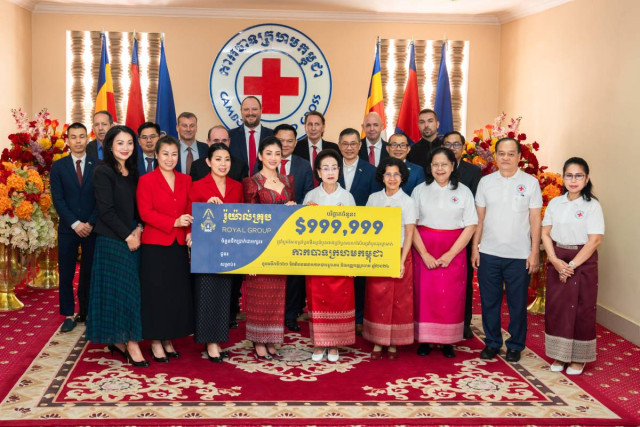Cambodia to Submit “Sangkranta in Cambodia” and Other Cultural Features for the UNESCO List in the Future
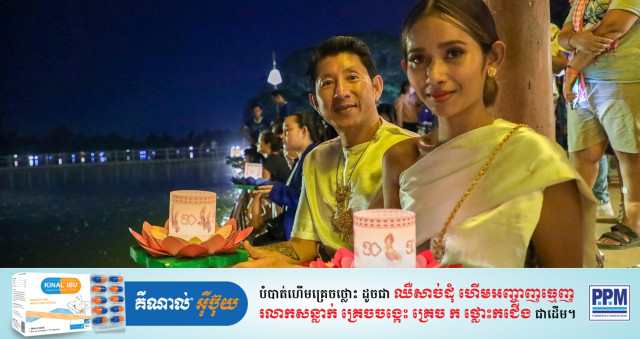
- By Teng Yalirozy
- March 31, 2024 7:00 PM
PHNOM PENH — Prime Minister Hun Manet announced on March 31 that Cambodia will submit in 2025 the country’s traditional new year celebration “Sangkranta in Cambodia” as well as seven other cultural elements to be included on the list of UNESCO Intangible Cultural Heritage of Humanity.
“Please don’t worry about whether we can use the word or celebrate ‘Sangkranta’ in the future,” he said. “I have ordered the Ministry of Culture to prepare the registration documents for ‘Sangkranta in Cambodia’ next year so that it can be inscribed in 2026,” he said on March 31 during the inauguration of a stupa at the pagoda Wat Moniratanarama in Pursat province.
Recently, many Cambodians have expressed outrage on social media about the “Angkor Sangkranta” celebrations having to be halted in 2024 after being held annually in Siem Reap province over the last 10 years. However, their outrage was due to a misunderstanding as they thought the country could not hold this event anymore because “Songkran in Thailand” had been inscribed on the UNESCO list in late 2023.
Accusations spread on social media that Thailand had stolen the word "Songkran" from Cambodia where this word appeared on the wall of a centuries-old temple. In fact, the word “Sangranti,” which originated from India, means the transition of the sun throughout the year.
Makar Sankranti is the celebration of the end of the winter season and the beginning of the longer and warmer days. Some countries in Southeast Asia, such as Cambodia, Laos, Myanmar and Thailand, have been celebrating the festival, making this a common practice in the region.
Hun Manet said that there is nothing wrong with Cambodia registering its Sangkranta although Thailand has had “Songkran in Thailand” inscribed on the UNESCO list.
“No one bans us from doing so,” he said. “Although Laos may register its Songkran in the future, no one can stop Laos because we have a similar culture. The government and the ministry are not stuck in one place. We have had many cultural properties inscribed with UNESCO, but we can only apply once a year.”
The Khmer traditional woven scarf “Krama” has been submitted to be put on the list in 2024 and the Khmer Wedding Ceremony will be submitted in 2025, Hun Manet said, reassuring people that no one can take away the country’s culture or cultural elements belonging to Cambodia.
The seven properties that will be nominated for inclusion on the UNESCO list in 2024 are: the Khmer Rouge M-13 prison, the Tuol Sleng Genocide Museum and Choeung Ek Genocidal Center, the Banteay Chhmar Temple, the site of Angkor Borei and Phnom Da, the Preah Reach Troap Mountain historical site, the Preah Khan of Kampong Svay temple, the Beng Mealea Temple, and the Kulen Mountain historical resort.
“Grandma and grandad, I know you are worried about this, but there’s no reason for you to be concerned,” the prime minister said. “But we should work on this ourselves and together protect our culture.”
The organizer of the “Angkor Sangkranta” event, which is the Union of Youth Federations of Cambodia (UYFC), decided not to hold the festival in 2024 since after 10 years of celebrating it, one outcome has been that many schools and provinces have set up their own events to celebrate Khmer New Year, which the UYFC has seen as a very positive impact that the “Angkor Sangkranta” has made in the country.
However, many high schools and universities as well as provincial administrations announced that the Sangkranta celebrations would be held from March until Khmer New Year, which is before people get to their hometowns.
To ate, the country has four sites on the list of UNESCO World Heritage sites and six properties on the UNESCO Intangible Cultural Heritage List.
The tangible cultural properties consist of the Angkor Archeological Park (1992); the Temple of Preah Vihear (2008); the Temple Zone of Sambor Prei Kuk, Archaeological Site of Ancient Ishanapura (2017); and Koh Ker: Archaeological Site of Ancient Lingapura or Chok Gargyar (2023).
Cambodia’s intangible cultural heritage on the UNESCO list consists of: the Khmer Shadow Theatre or Sbek Thom (2008); the Royal Ballet of Cambodia (2008); Tugging Rituals and Games (2015); Chapei Dang Veng (2016); Lkhon Khol Wat Svay Andet (2018); and Kun Lbokator, traditional martial art in Cambodia (2022).






